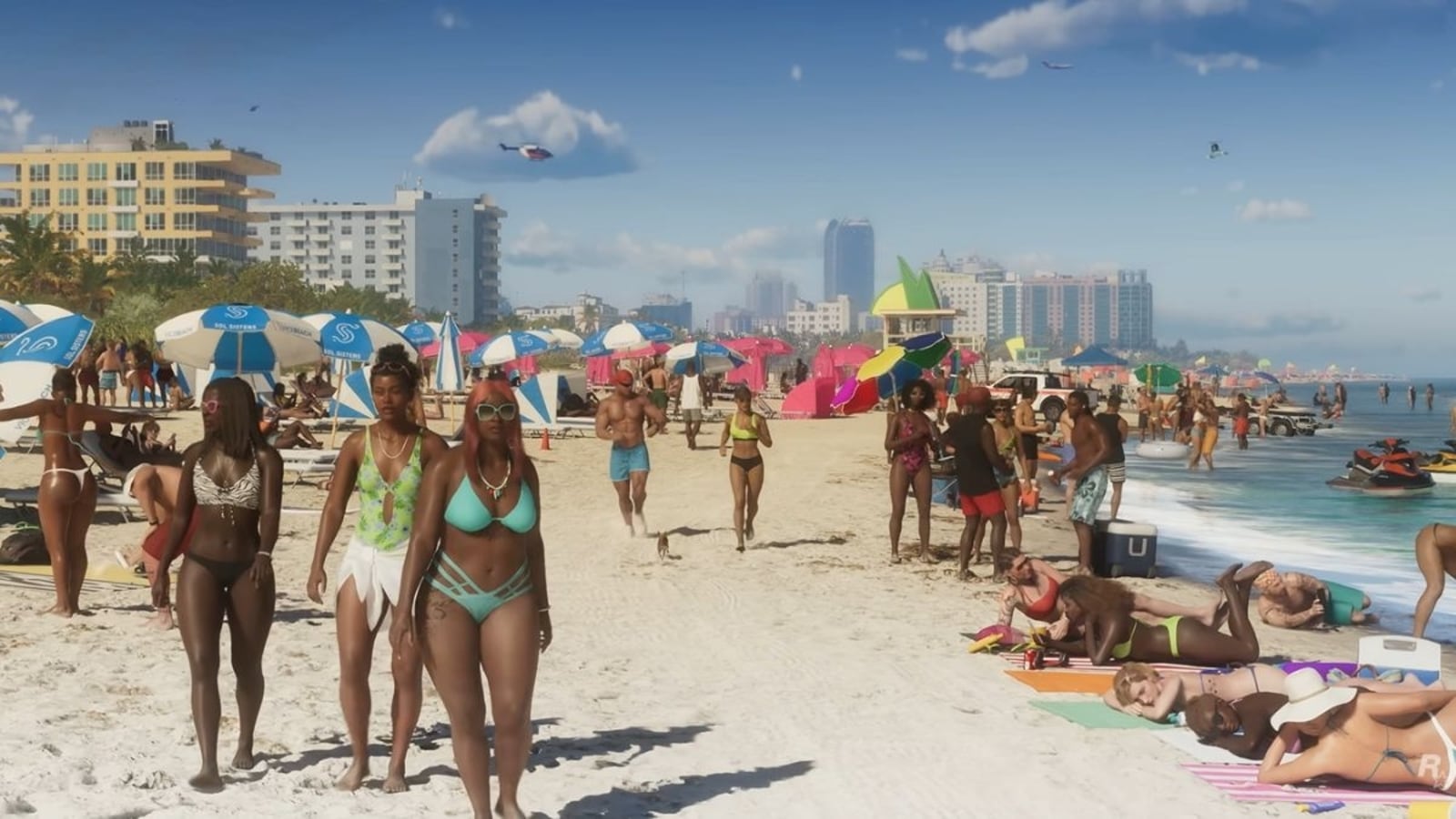For years, the photographer Tommy Kha hardly spoke to his mother, except for the occasional times they made portraits together at home in Memphis, Tenn. At times, the distance grew, turning mean. He was queer; she was disappointed. He left the South, first for grad school at Yale, then to New York City. But in the past decade, he returned to Memphis as often as he could to make work.
In the intervening years, those portraits he made with his mother, May Kha, as the central subject, untangled some of the knots between them. And as Kha started to make photographs around home, he revealed Memphis in a way only a second-generation Asian American could.
“Half, Full, Quarter,” his new monograph from Aperture, and “Ghost Bites,” an exhibition of his at Baxter Street at the Camera Club of New York, tell part of that story.
Kha, 34, grew up in the Whitehaven neighborhood of Memphis, the home of Elvis Presley’s Graceland. Outside the South, people met his origin story with disbelief. “But where are you really from?” they’d asked. “You don’t have an accent or seem Southern.” His grandparents fled China for Vietnam in the 1930s, and then his parents fled Vietnam in 1983, spending eight months at sea, before settling in Memphis, where Kha was born.
Kha was plenty Southern. His family just built ancestral altars instead of bottle trees, talked about Elvis in Cantonese and on their walls they only hung pictures of family, “We don’t hang anything that’s not a family picture,” he said.
“When I first got to Yale,” he said, “People couldn’t figure out where to place Memphis on the map.” Then, he would name maybe the most famous Southern photographer as a landmark, William Eggleston. “Then it clicked for people.”
During his undergrad years at the Memphis College of Art, Kha made friends with Eggleston by just showing up at the house. They didn’t talk about photographs. They watched movies. When Eggleston couldn’t find a copy of Alfred Hitchcock’s “Rebecca,” Kha traversed Memphis to find the DVD. Ever since, “They put up with me,” he said of Eggleston’s family.
While he was in school, Kha refused to make work about the South, especially considering that anything from that corner of the world might conjure up references to Eggleston. He didn’t think he’d do a good imitation anyway, but all that time away from home stirred something in him.
First came the portraits of himself as a doctor, scientist and lawyer — all the things he was expected to become as the son of immigrants. “That was one of the first times I turned a camera on myself,” he said, “And it wasn’t a picture of me exactly.”
Then, he put his mother in the frame. Throughout the years, she turned from a reluctant subject into a collaborator in what he calls “half self-portraits.” The photographs became softer, less melancholic, fun even. In one, Kha wears a traditional Tang suit, holding two woven fans, while both he and May wear facial masks with what’s meant to resemble Asian facial hair. “I think my mom gets more expressive, if she’s more annoyed with me,” he said. In another photo, she’s feigning to cry.
Love is what An-My Le, the photographer and MacArthur fellow, saw in Kha and his mother’s photographs. “I imagine that Tommy did not grow up being physically close to his mother the way many Asian children, like me, grow up,” she said, “but this doesn’t mean there is no love or intimacy.” For her she added, “Tommy’s collaboration with his mom is about that love. You show up; you are present; you work on something together.”
In the book “Half, Full, Quarter,” there are portraits of his aunt, his grandmother and, in other pages, images of friends and strangers who hide behind his likeness. And in the show at Baxter Street, small photographs of altars in his family’s homes hang on the wall in a line that runs throughout the gallery. And apart from his family, there are the invasive vines that have taken root throughout the Delta, the interiors of restaurants lined with Big Mouth Billy Bass, crepe myrtles, the peculiar architecture of Memphis coupled with the complicated relationship he and his mother have.
Kha was tracing the edges of his family’s history here, but he was also mapping the South that belonged to them.
“It’s very Frankenstein,” he said of the South’s history and culture. He compared the region’s past to a collage, and noted how that sense of “stitching different things that don’t go together,” was reflected in his photographs. As he once put it in an artist statement, “Memphis has become, for me, not only the place where I was raised but an active borderland between fantasy and memory, nostalgia and history, nonfiction and mythology.”
The photographer Baldwin Lee, who has lived in eastern Tennessee since the early 1980s, said “With Tommy being Asian and being queer, he and his family really stand out as being other. I really do appreciate how growing up, coming to terms with his identity, moving away have put a tremendously different perspective on who he thinks he is and what it is he thinks about his particular upbringing.”
In Lee’s mind, moonlight and magnolias, juke joints and languid southern nights were all romantic notions bound up in the South, but of course plantations and slavery, segregation and civil rights were central to its violent past. “The South has always had its own mythology, and it continues to have that,” he said. “In my estimation, it is the most distinctive part of the country.”
The same holds true for Kha’s work. “It really stands apart,” Lee said. “His inventiveness, his creativeness, his ability to fabricate forms necessary to talk about his subject is really admirable.” But as Lee added, “Being southern is a two-sided coin. It gives you certain advantages, but then it also comes with limitations.”
Beneath the heavier, somber strands that animate Kha’s work, there’s a sense of humor running through it, too. In one photograph, he’s placed an image of himself over a life-size cutout of Elvis. In another, he’s wearing a trash bag and a Batman mask in his mom’s backyard. “Tommy’s use of humor reminds me of Yiddish humor,” said John Pilson, a photographer and lecturer at Yale, whom Kha studied with. “It’s a kind of investigative slapstick, throwing things off balance, bumping into them or literally becoming the wrench in the works, breaking things in order to reveal their character.” And while vulnerability plays a big role in Kha’s work, Pilson thinks the photographs retain an air of mystery.
Early on in his career, a prominent photographer who worked a lot in the South, including Memphis, told Kha, “No one can make pictures of the South anymore, not after Eggleston.” The comment stung, but he thought to himself, “Who cares? There’s always work to be made in the South.”
Seven years ago, a package of family photographs arrived for Kha from May in Memphis. Inside, he found snapshots his mother had taken of her life before the war, before kids, before America. When he asked his mom where the pictures came from, she told him, “From a small period of time,” before adding, “My life stopped after a while.” He realized it wasn’t just her laugh and her resemblance he inherited but her turn toward the camera, too.
Those family snapshots are included in the book, next to Kha’s photographs of the Lorraine Motel where the Rev. Dr. Martin Luther King Jr. was murdered; collages of his grandmother, his aunt, the restaurants they worked and where they ate; and the portraits Kha made with his mother. Together, they form a picture not just of his family or how they made a home in the South but of how important humor, placemaking and ultimately photography are to Kha’s understanding of this region.
As Pilson said, it’s part of how he’s survived. It was the effect of the Vietnam War on his parents, assimilation, the new and old South that lent him his sense of place. He couldn’t help but laugh through it. He had to.
“Half, Full, Quarter,” edited by Lesley A. Martin, is culled from a handful of Kha’s projects that hadn’t been shown together before. Sarah Meister, Aperture’s executive director, drew a line from Eggleston and William Christenberry through Kha’s work. “As much as he is a Southern photographer and has questions of belonging in the South,” she said, she felt that he was more concerned with a broader question of who’s been represented in the history of photography. It’s part of why he was drawn to self-portraiture.
And while many local artists lean toward the Southern gothic, Meister noted how playful his work is. “I think that helps somebody who doesn’t have as intimate an understanding of queer identity or personal connection to a Southern landscape,” she said.
For Kha, his approach to photography “ties in all these aspects of being from the South, being Asian, being Asian American, being queer.”
To him, making photographs is simply a language. “Language is a communal activity,” he said, “And communal activity is the reason we have slang, dialect, why we have accents. I’m making pictures, so I can find other people that speak in the same way as me.”
Thinking back on all the things that led him to this point in his career, he said, “It’s kind of like a collage to me. I am the sum of everyone I’ve ever met.”
During the pandemic, another period of silence passed between Kha and his mom. “I didn’t do anything this time,” he said. But now when he heads home, they fall into a rhythm. She asks whether he’s hungry. She asks if they should eat first before they make pictures. And she asks if he has any ideas for the pictures. “The funny thing,” Kha said, “is she never looks at the pictures. She doesn’t even ask about them. It’s just our own thing.”























